Lone Apex Predator Slays a Great White Shark Off South African Coast
Locals of a beach in South Africa were left in shock after stumbling across the remains of an enormous great white shark on the sand. The shark had visible wounds indicating it had been attacked and partially eaten by an even larger sea animal, prompting researchers to question what could do this to such a vicious predator.
This discovery comes at a time when researchers are steadily investigating the evolution of oceanic species and why larger sharks are being hunted and killed by other sea animals.
Deadly Oceanic Predators
Great white sharks are often portrayed in movies and pop culture as one of menacing sea animals who will stop at nothing to hunt their prey. While the reality isn’t far from this, the shark’s powerful bite over 300 razor-sharp teeth ensure they are amongst the most feared predators in the ocean.

Source: Julius Csotonyi/NPS
Yet these enormous sea creatures are not invincible even with all their power and ferocious personalities. From time to time, the hunters become the hunted, as evidenced by the remains of a shark discovered on the African continent.
The Discovery of the Great White Shark
In May, locals from South Africa stumbled upon the remains of a 15-foot great white shark washed up on a beach not far from the mouth of the Nyara River.
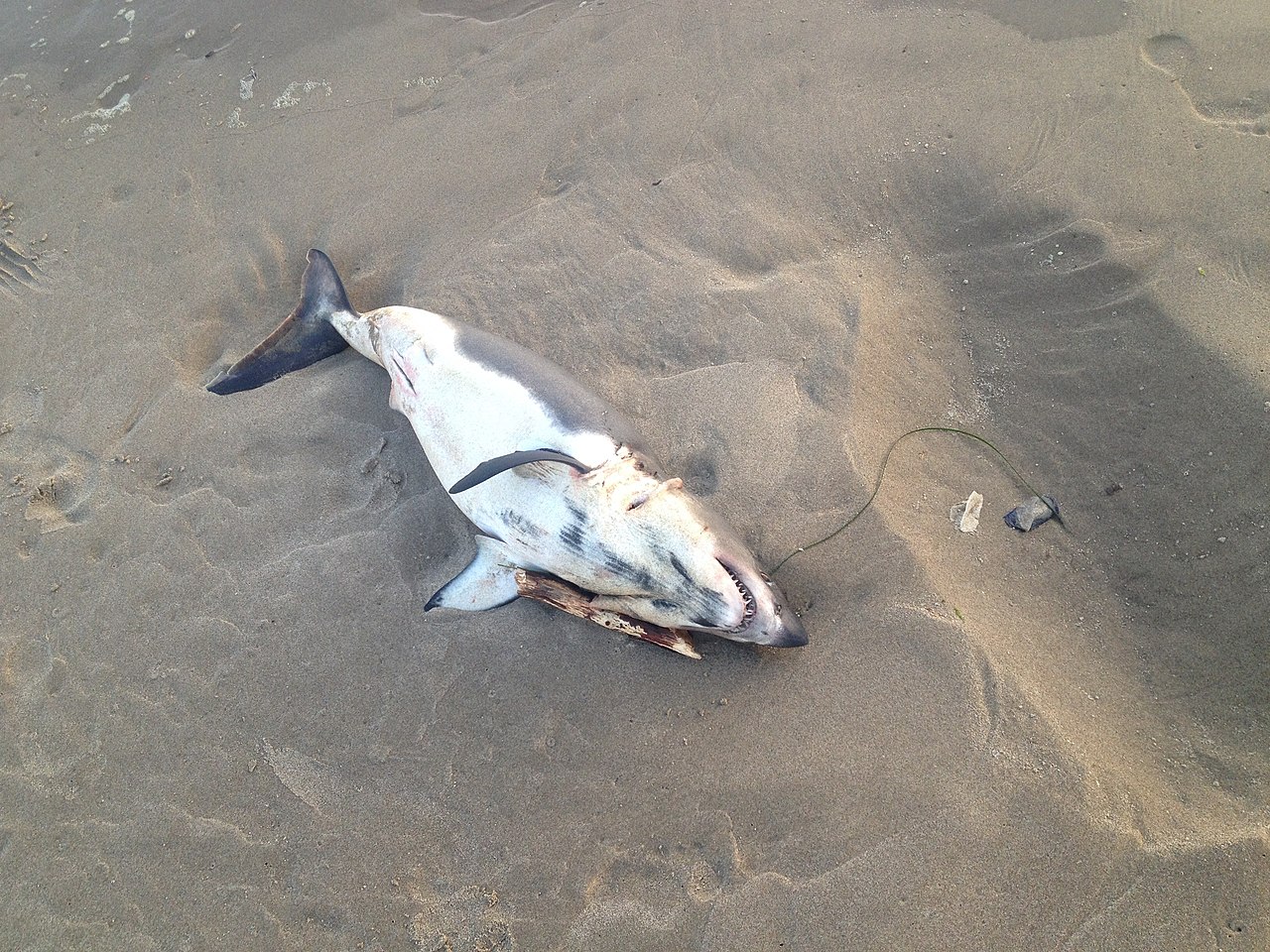
Source: Wikimedia
The remains quickly gathered a crowd, and before long, experts were notified of the discovery. A team of well-trained Veterinarians later examined the body, hoping to discover what could have taken down such a large predator.
What Happened in the Moments Before the Shark Was Killed?
While examining the great white, a team of researchers discovered the shark had recently consumed a dolphin, the remains of which were neatly cut up into four large chunks in the great white’s stomach.
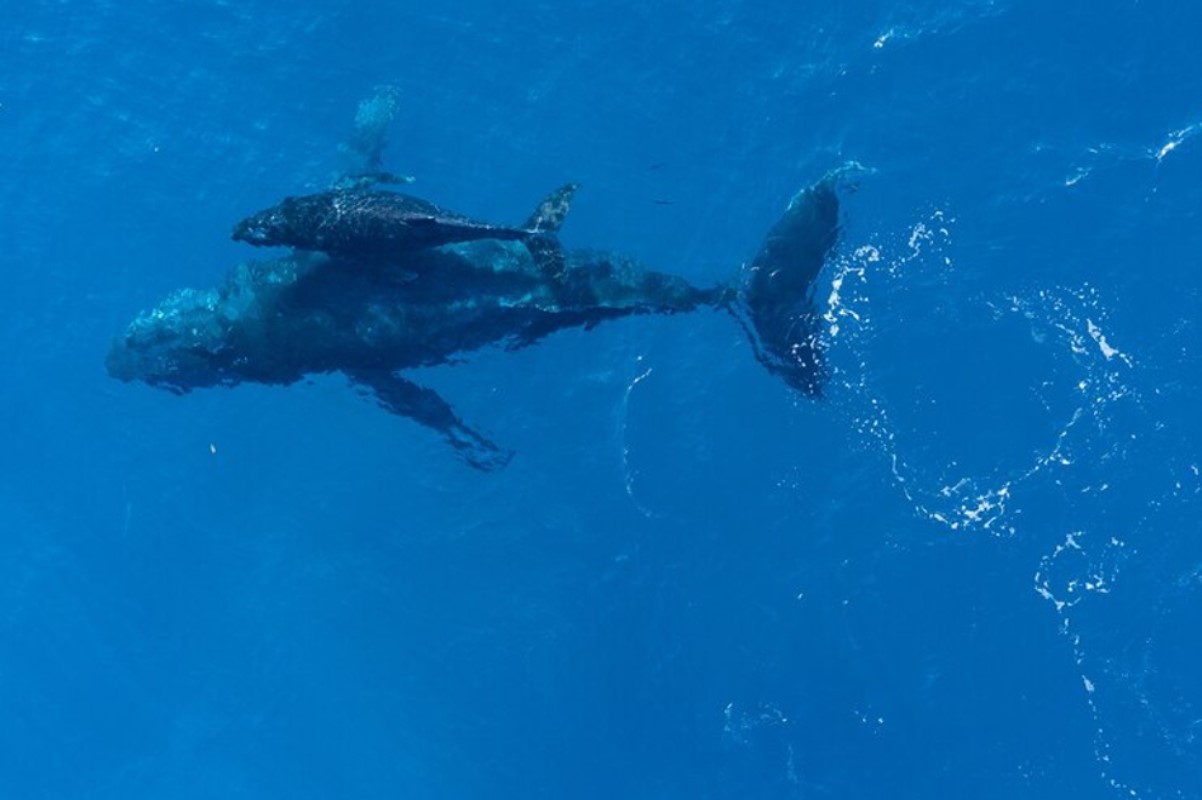
Source: Freepik
Upon further testing, the veterinarians surmised that the great white was attacked by a large sea animal shortly after it finished eating the dolphin.
Experts Study the Remains
As the dolphin was killed moments before the Great white, the shark’s stomach had not yet started to break down the remains of the sea animal fully. So this allowed researchers to piece the dolphin back together carefully.

Source: Freepik
Nonetheless, the shark was killed soon after, showcasing the unforgiving nature of the oceanic food chain. While we consider great white sharks among the greatest of ocean predators, they can even succumb to larger animals.
The Great White’s Liver Was Missing
One of the most fascinating aspects of the investigation led researchers to conclude that the Shark’s liver was eaten. Yet, no other major part of the great white was missing.
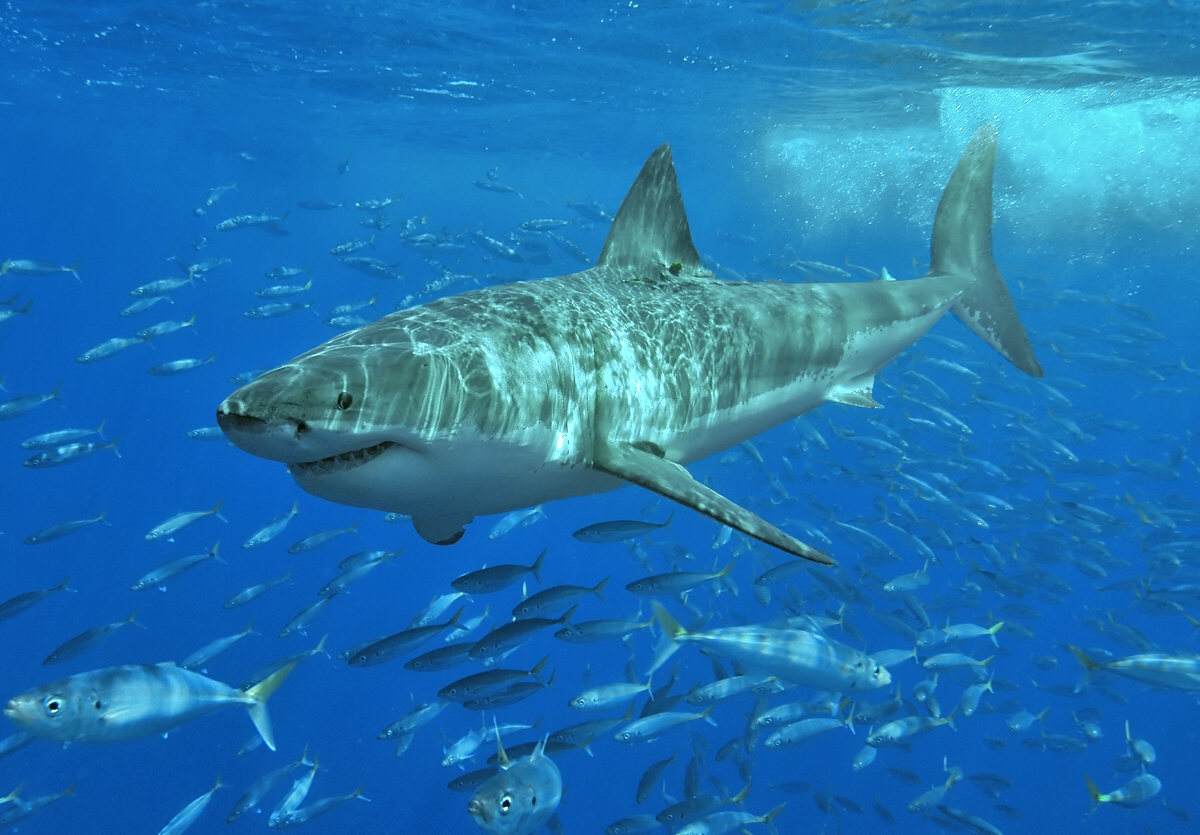
Source: Wikimedia
Sharks generally have relatively large livers, ranging between 5% and 25% of their entire body mass. A three-ton great white can have a liver that weighs over 450 kg, which is full of essential vitamins and minerals. According to researchers, this is likely why the shark was attacked.
What Killed the Great White Shark?
It’s hard to imagine any sea animal picking a fight with a great white and living to tell the tale. However, researchers believe they know what attacked the shark and killed it.
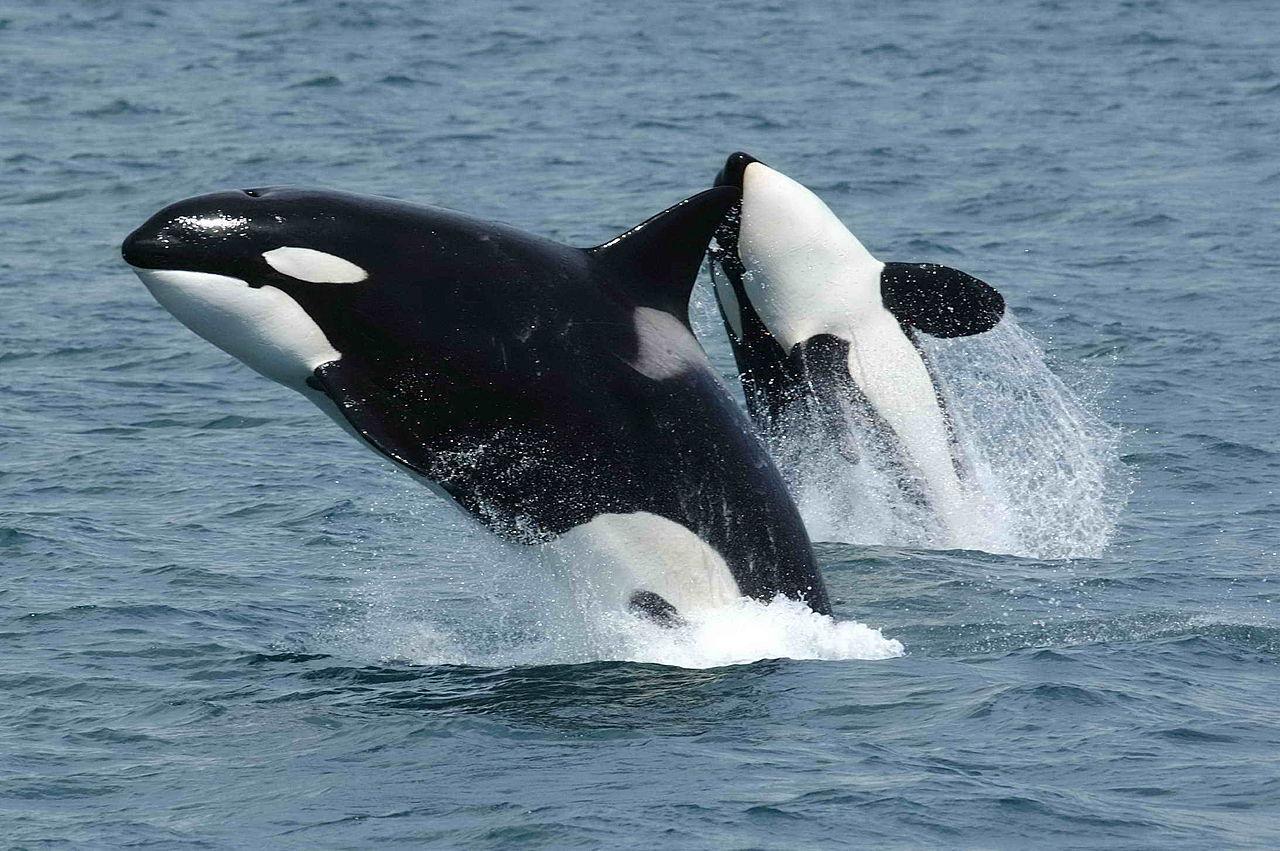
Source: Wikimedia
Experts surmise an even larger Orca was behind the shark’s death. Often referred to as killer whales, Orcas have been observed targeting and hunting great whites, which has placed them at the top of the oceanic food chain.
Great White Sharks Only Predator
Orcas are the only sea animals known to hunt great white sharks, which was a deciding factor in the researchers’ opinion on how the shark was killed. On the other hand, Killer Whales are known as apex predators as nothing hunters their species.

Source: Wikimedia
Of course, there are a few other possibilities for the death of the shark, including human boats or an unfortunate accident. However, the missing liver leads researchers to suggest it was killed by an orca.
Researchers Come Across Interesting Discovery
In recent years, marine biologists and researchers have discovered orcas often hunt great whites and other shark species simply to eat their nutrient-dense livers.

Source: Freepik
Generally, killer whales are not interested in any other part of the shark, so the remains of great whites wash up on beaches mostly intact despite a few teeth marks and a missing living.
Trophy Hunters Collect the Teeth
Before the team of veterinarians collected the great white’s body from the beach in South Africa, several trophy hunters quickly removed the teeth.
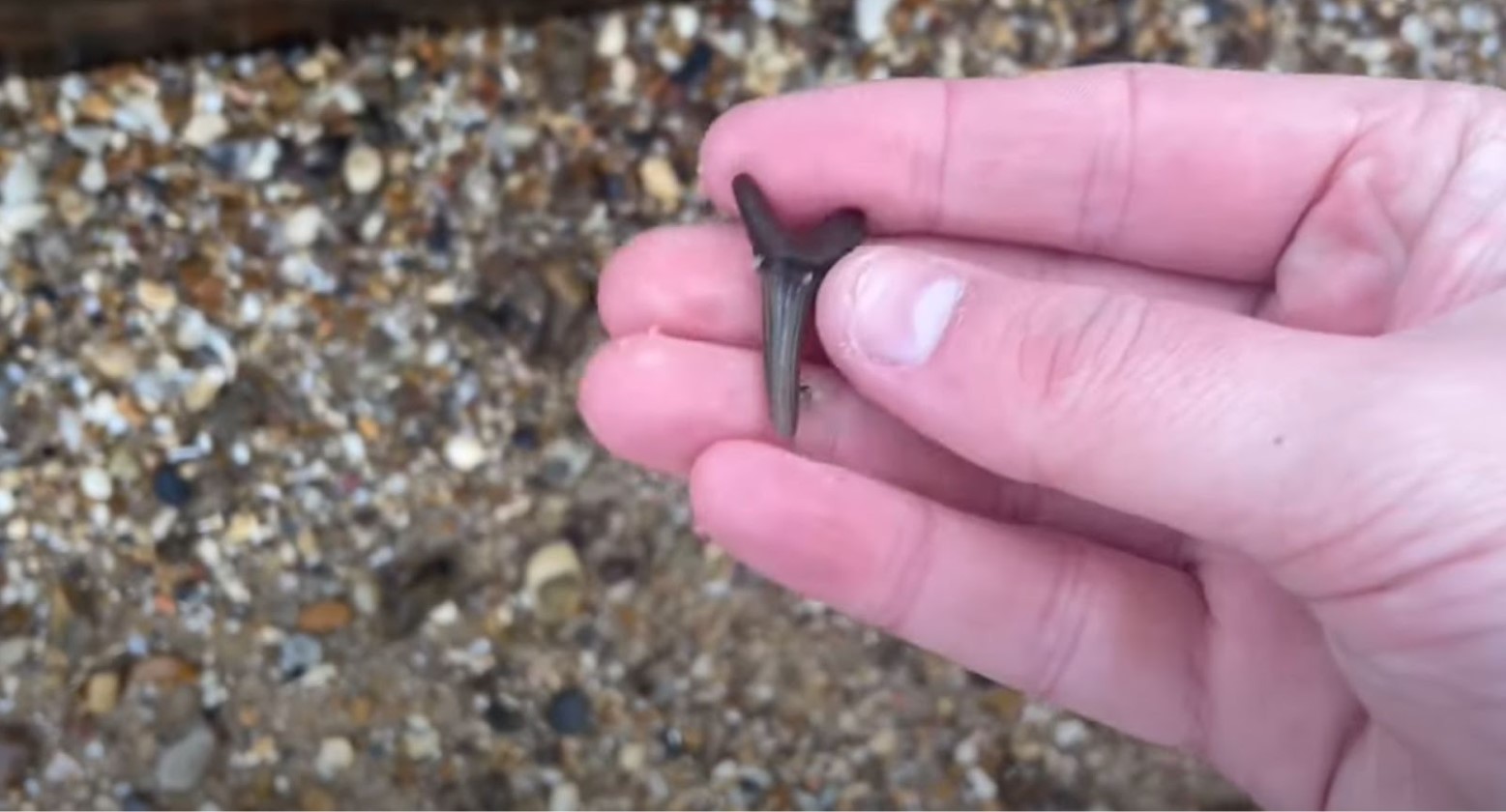
Source: Nature Scope/YouTube
Theories suggest that before the locals called in the discovery, trophy hunters had come across the washed-up remains and claimed the highly sought-after teeth for themselves.
Growing Trend of Killer Whales Attacking Sharks
Over the past century, orcas have seldom attacked sharks regularly. However, this has changed in recent years, and scientists claim it has become a growing trend for killer whales.
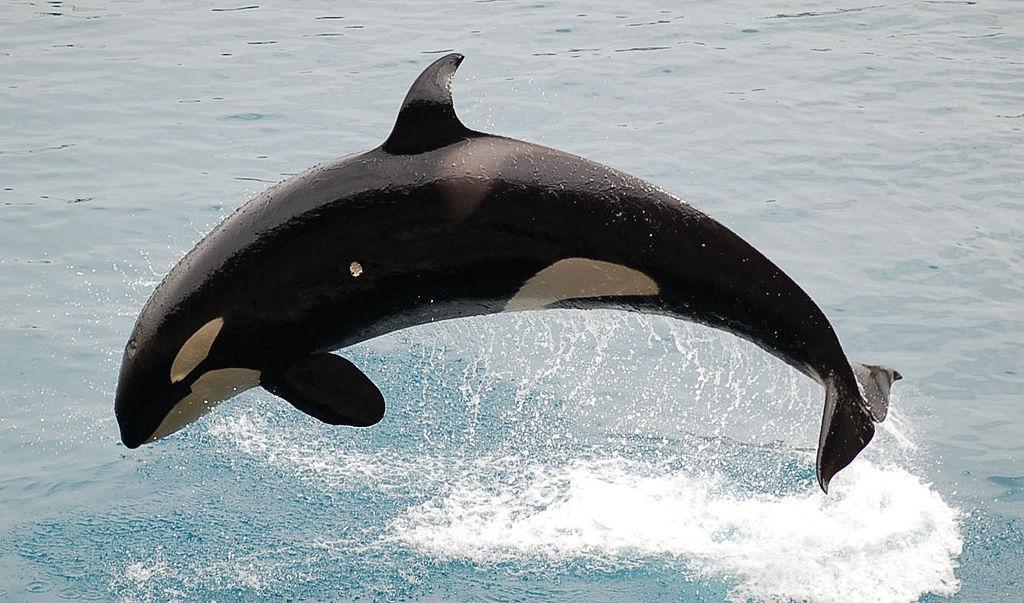
Source: Wikimedia
Since 2015, researchers have revealed orcas have been responsible for the death of at least 14 great white sharks after hunting the predator for its liver. It’s possible that with the technological advancements of the modern era, it’s becoming easier to track such events,and they have always been common.
The New Trend May Experience a Surge
Scientists expect this trend to continue over the next few years, and the remains of great whites and other shark species may become fairly common on beaches worldwide for one key reason.
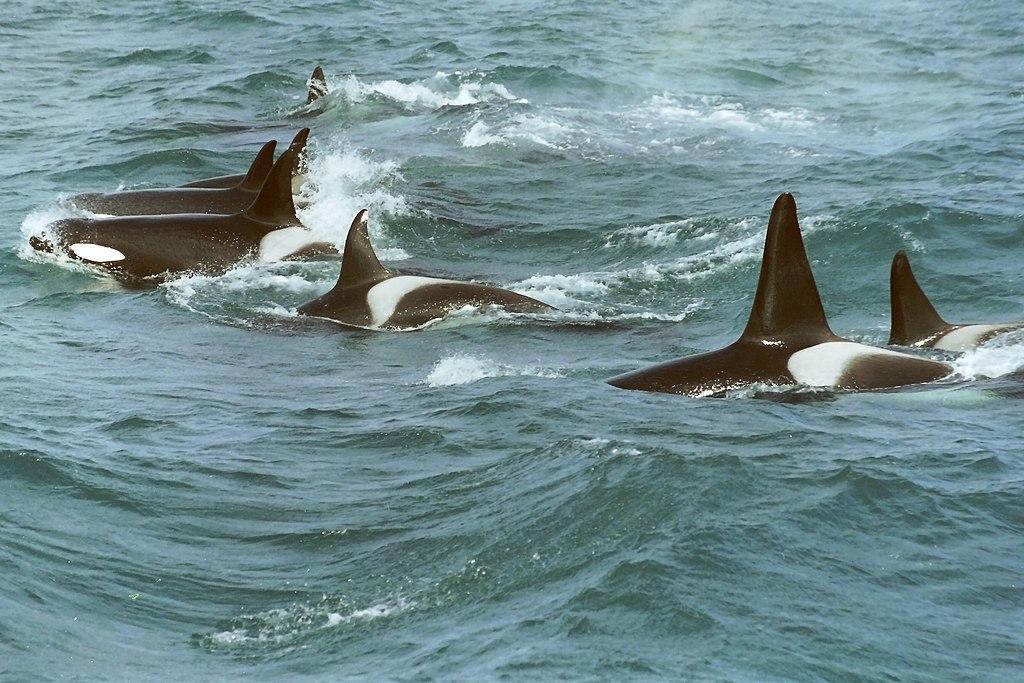
Source: Wikimedia
Orcas are highly intelligent craters, and according to whale conservation specialist Simon Elwen, they “rapidly learn new hunting techniques on their own or from others,” suggesting the hunting of great whites may grow in the coming years.
Growing Concern
Deborah Giles, the science and research director for the nonprofit Wild Orca, noticed a growing and concerning trend of orcas almost wearing dead porpoises on their snouts in 2005.
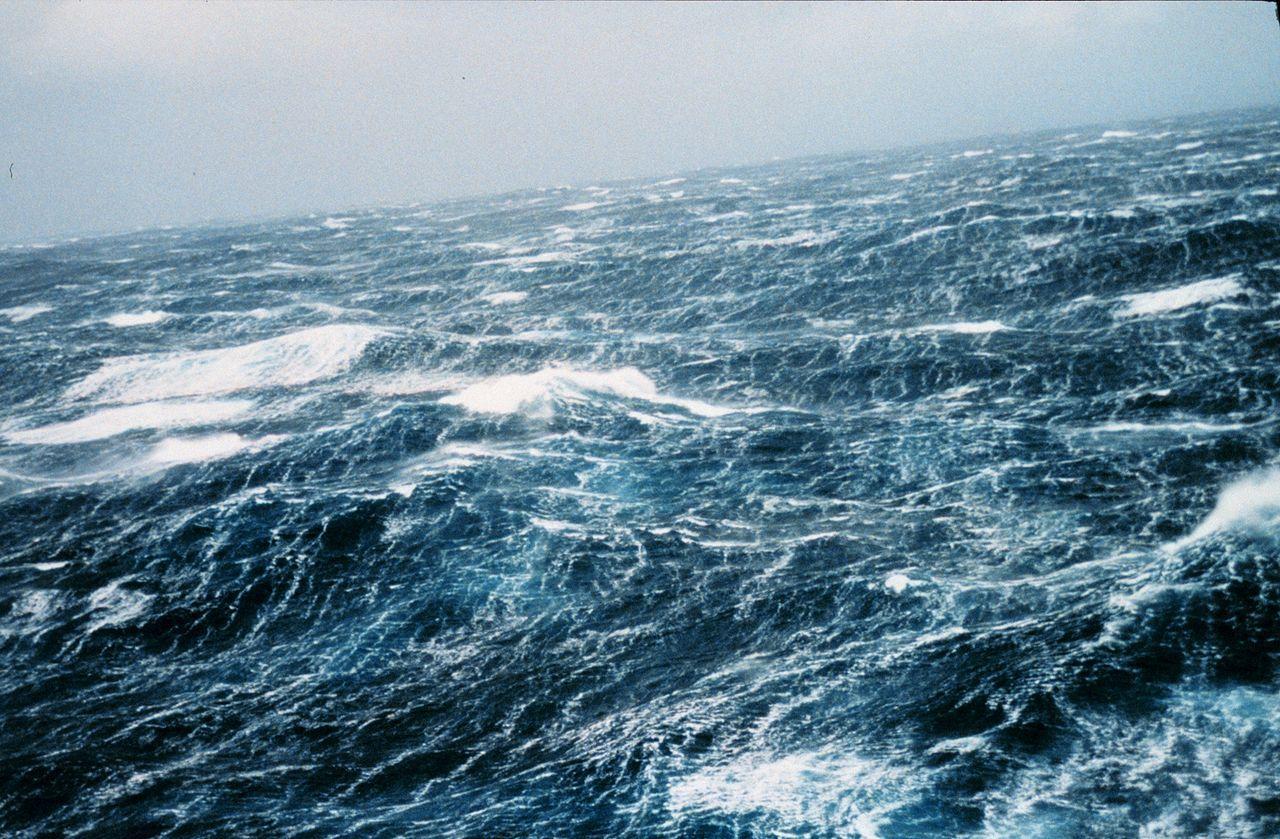
Source: Wikimedia
But this wasn’t the first or last time people would see orcas acting this way. In fact, it is a trend that has been happening since the 1960s.
A Study on the Ocra’s Odd Behavior
Scientists first recorded this behavior in 1962 in killer whales. Since then, more than 70 observations have been reported, with 2005 having the most reported sightings.
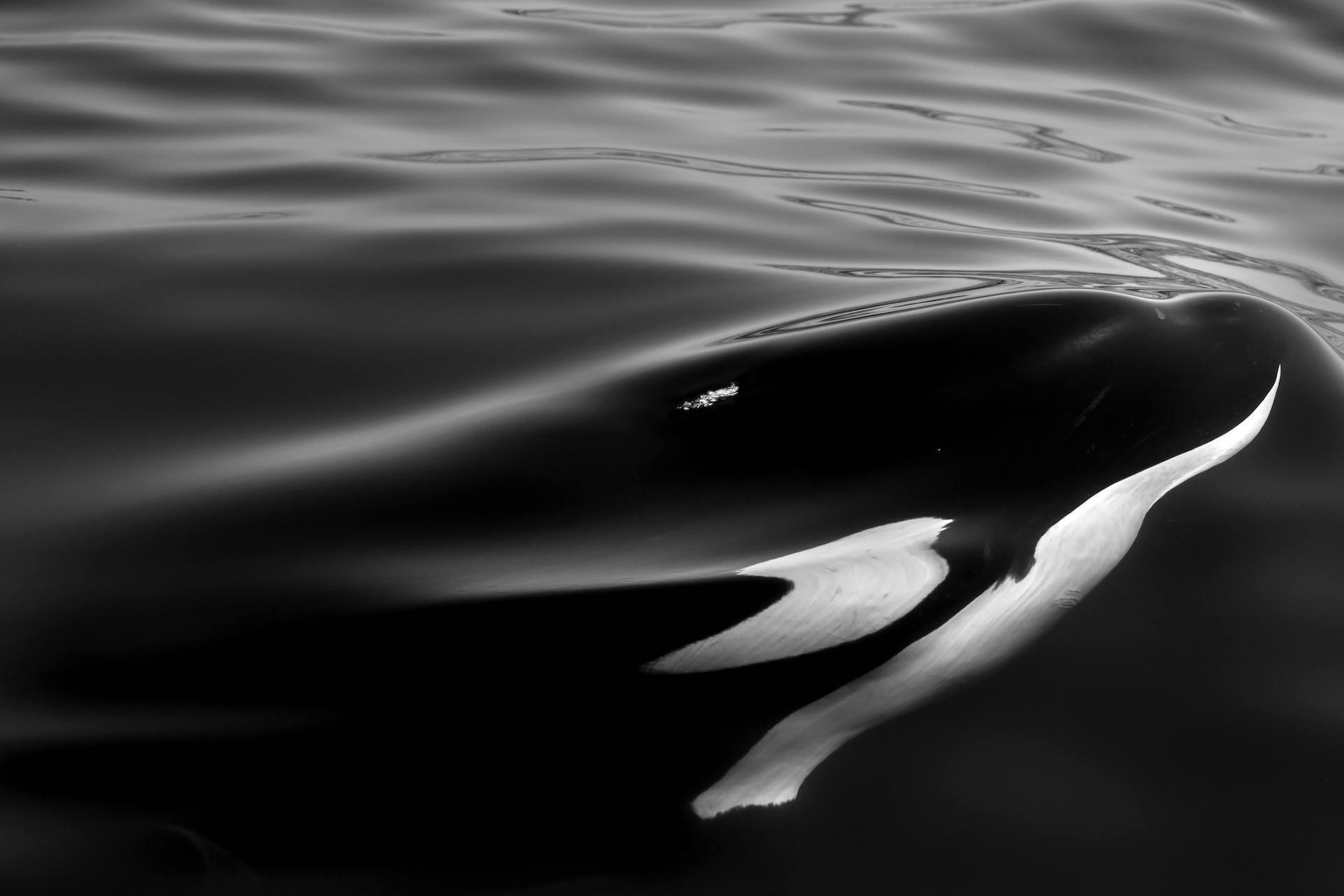
Source: Andre Estevez/Pexels
A study published in the journal “Marine Mammal Science” looked into the incidents of orcas harassing or killing harbor or Dall’s porpoises in the Salish Sea to see why this behavior exists.
The Bad Behavior
According to National Geographic, orcas often work as a team, pushing porpoises with their snouts, holding them in their mouths, and carrying them above the water. Sometimes, the orcas will play with their victims, allowing them to escape before recapturing them.

Source: Wikimedia
However, some orcas are more aggressive and will toss, slap, or shake the porpoise. Most of the time, the porpoises presumably die after rough treatment from the orcas.
The Studied Behavior
The study discovered that this behavior was mostly consistent across the age and gender of the orcas.
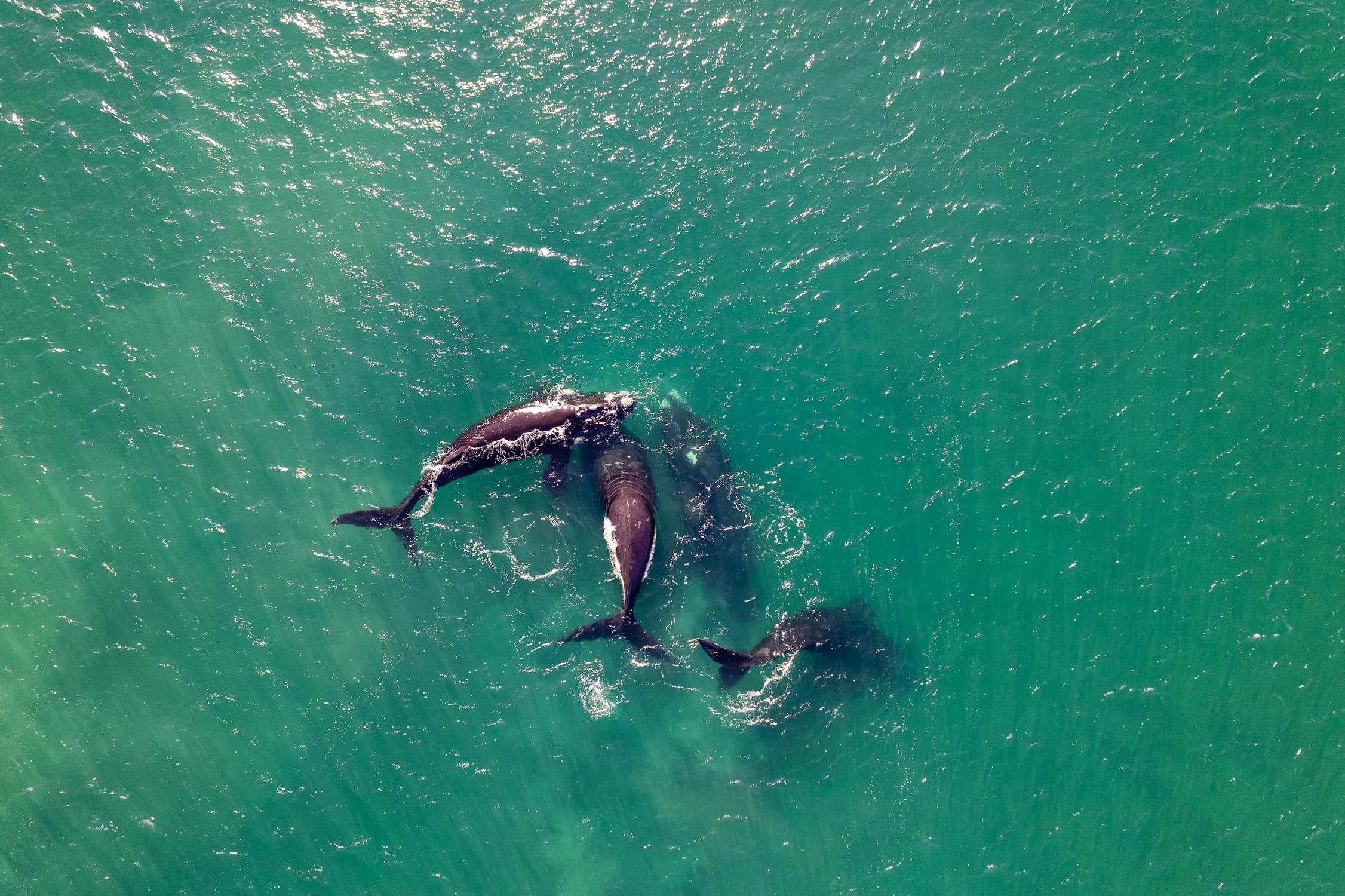
Source: Ivan Stecko/Pexels
“It does make you wonder, from the human perspective, what is influencing this,” says study co-lead author Sarah Teman, a research assistant with UC Davis’ SeaDoc Society, a marine conservation nonprofit based in Washington. “Or maybe it’s just a fad, and these are their mom jeans that they’re bringing back in style.”
Orcas Are Not Eating Porpoises
While orcas do harass and kill porpoises, they do not eat them. The species of orcas known for mistreating porpoises primarily eat chinook salmon, which are endangered due to habitat degradation and other threats.
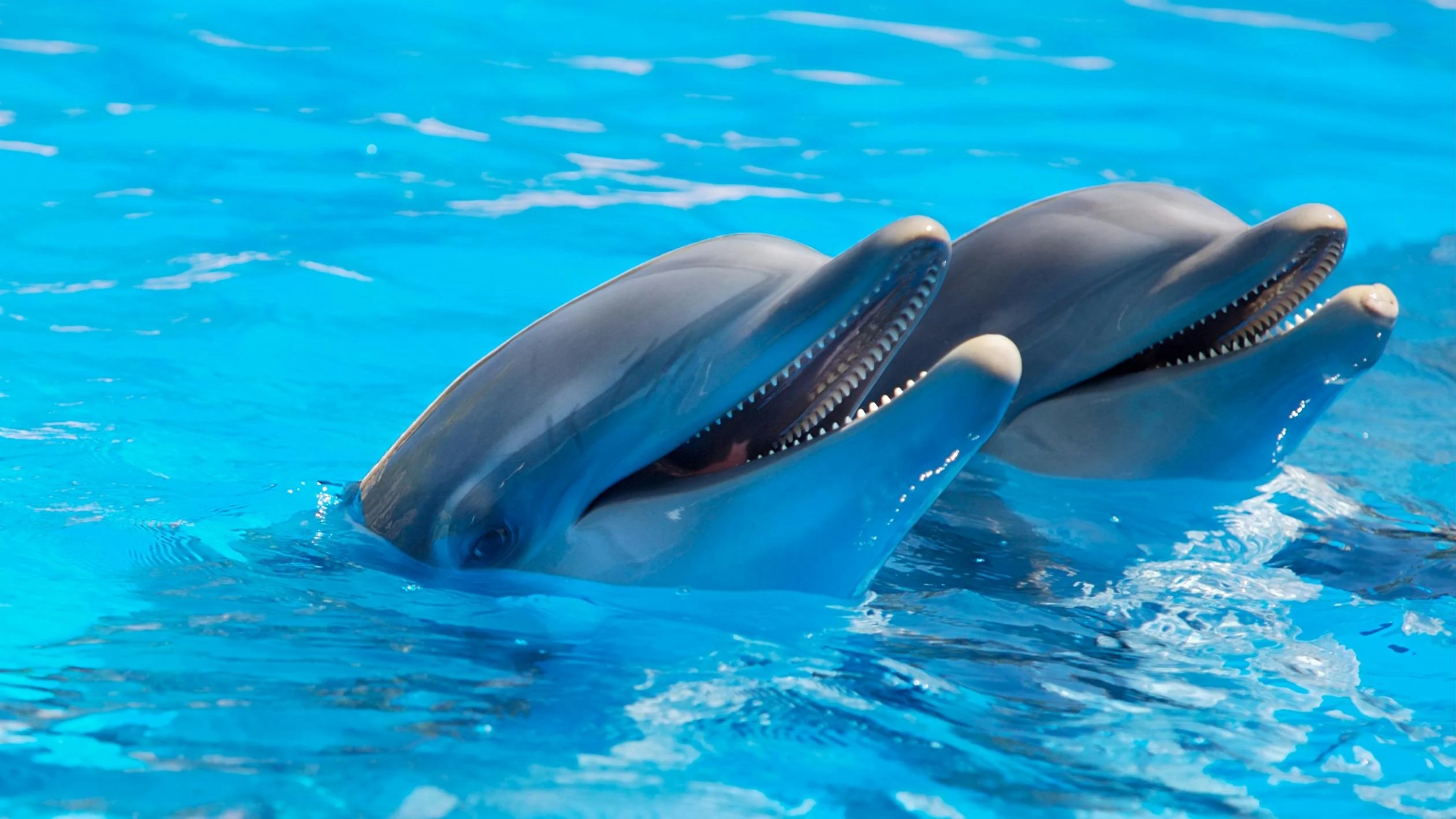
Source: HAMID ELBAZ /Pexels
“It’s an important question to ask, because [the orcas] are starving,” Giles says. However, the study found that the orcas never ate the porpoises.
The Most Important Thing from the Study
“To me, that’s the most important thing that came out of this study—is yet another spotlight shining on the fact that we need to be focusing on [the] recovery of their prey in order to make sure that these whales have enough to eat,” Giles says.

Source: Freepik
The “most important thing that came out of this study” is that the orcas are not looking at the porpoises as a food source.
Apex Predators on the Hunt
Orca behavior is still a mystery to many scientists. While they are curious, affectionate animals that often play to bond, communicate, and have fun, they are also apex predators that understand how to hunt, both for food and sport.
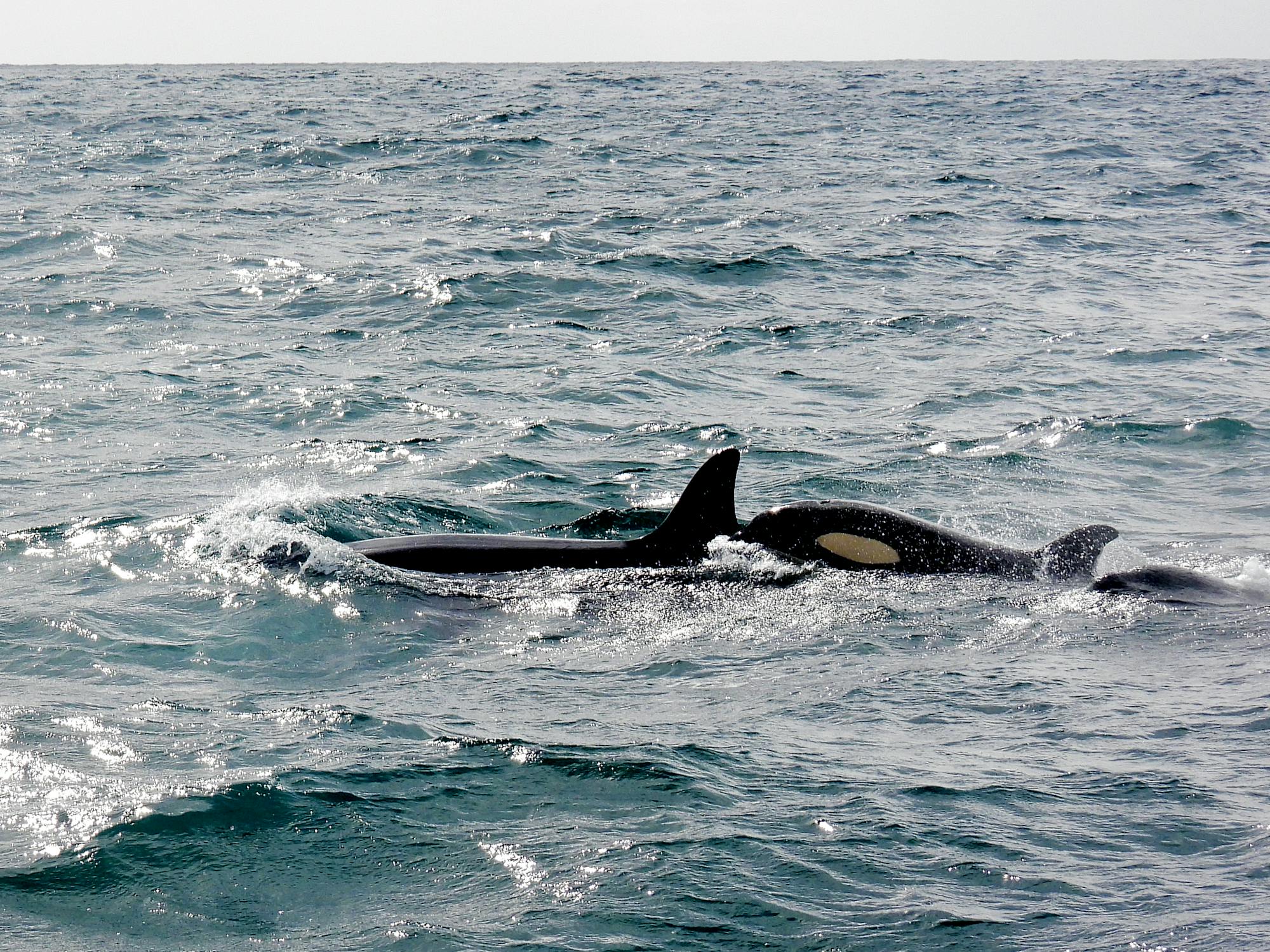
Source: Ronile/Pexels
From sea turtles to seabirds to sea lions, orcas are known to push, drag, and spin live prey. They torture the animals to death before abandoning the dead animal in the water.
All Fun and Games
Anaïs Remili, a postdoctoral researcher at McGill University in Montreal, says that orcas see this sport hunting as “play.”
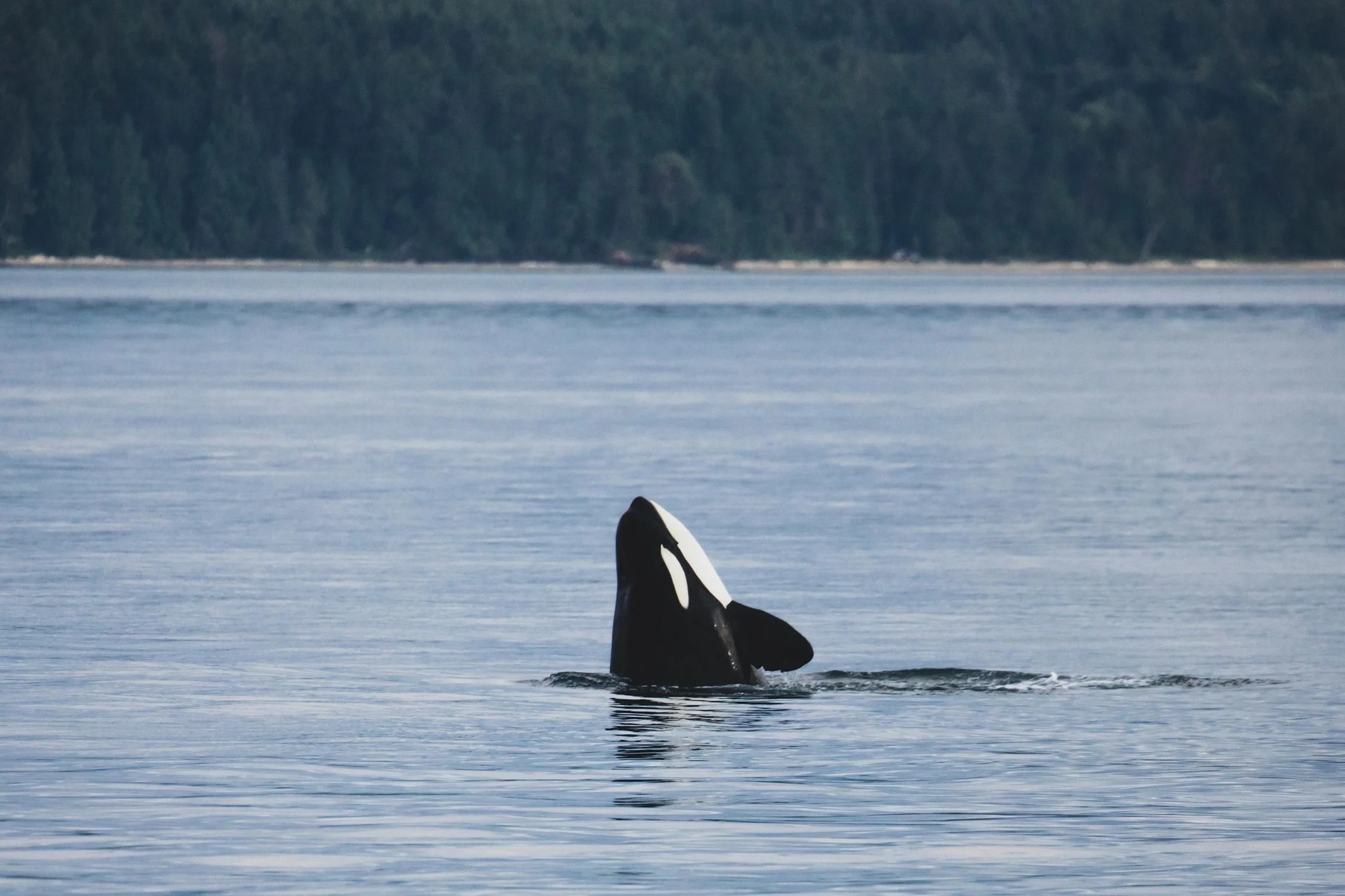
Source: Andre Estevez/Pexels
“Play’s something that we definitely observe in the other populations as well,” Remili says. She also notes that there are “similar potential parallels” with the orcas off Spain that have been attacking boats in the last few years.
Mismother Other Animals
Another possible explanation is “mismothering,” or a misplaced attempt to care for weakened or sick young, researchers say. Nearly 70% of southern resident killer whale pregnancies end in miscarriage of calf death.
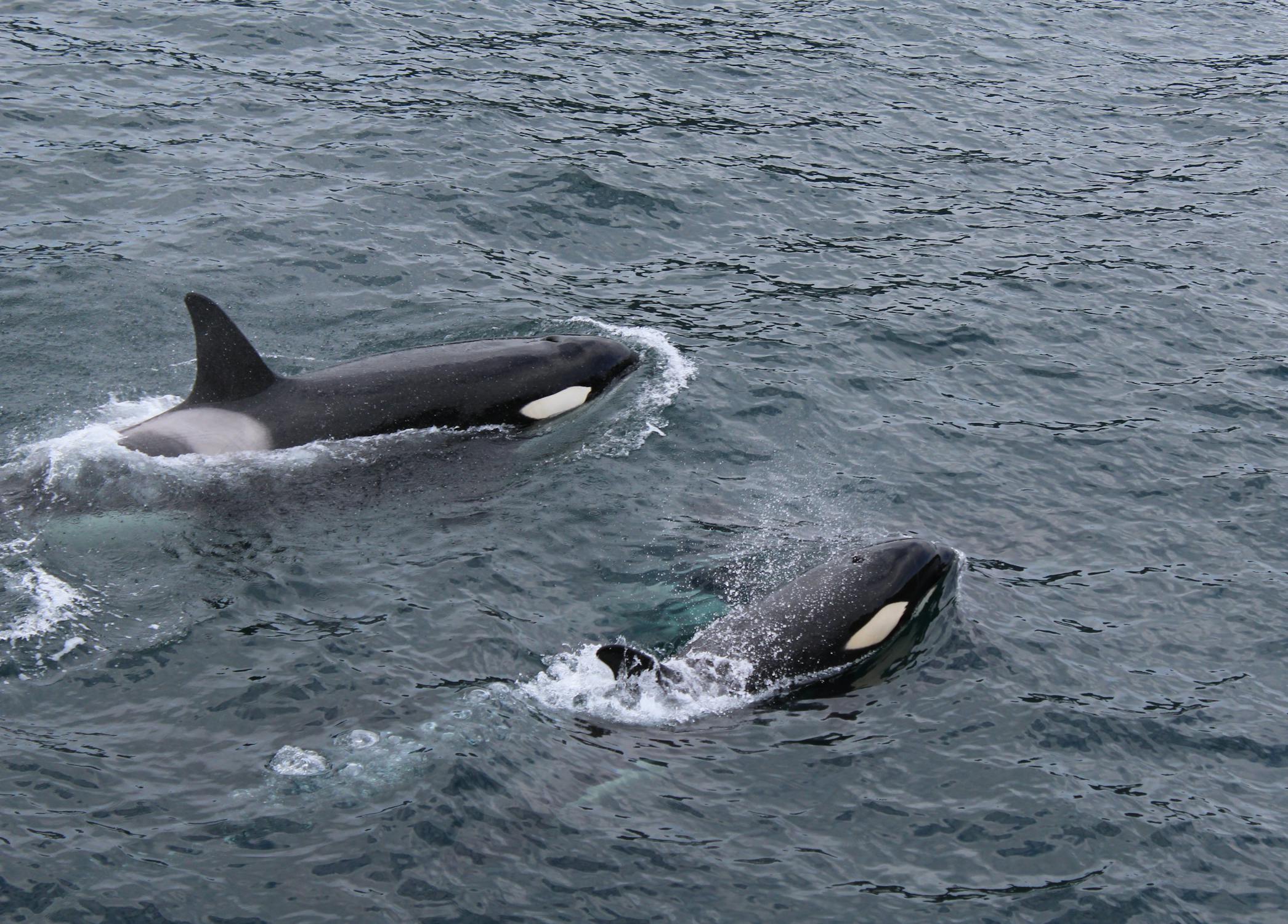
Source: Dianne Maddox/Pexels
The porpoise harassment “might be due to their limited opportunities to care for young,” Giles says.
A History of Mismothering
Scientists have observed mismothering before in orcas. In 2021, an orca took a baby pilot whale to care for the offspring. “She was showing protective behavior, and she was showing caregiving behavior towards the calf,” orca researcher Marie-Thérèse Mrusczok said to LiveScience.
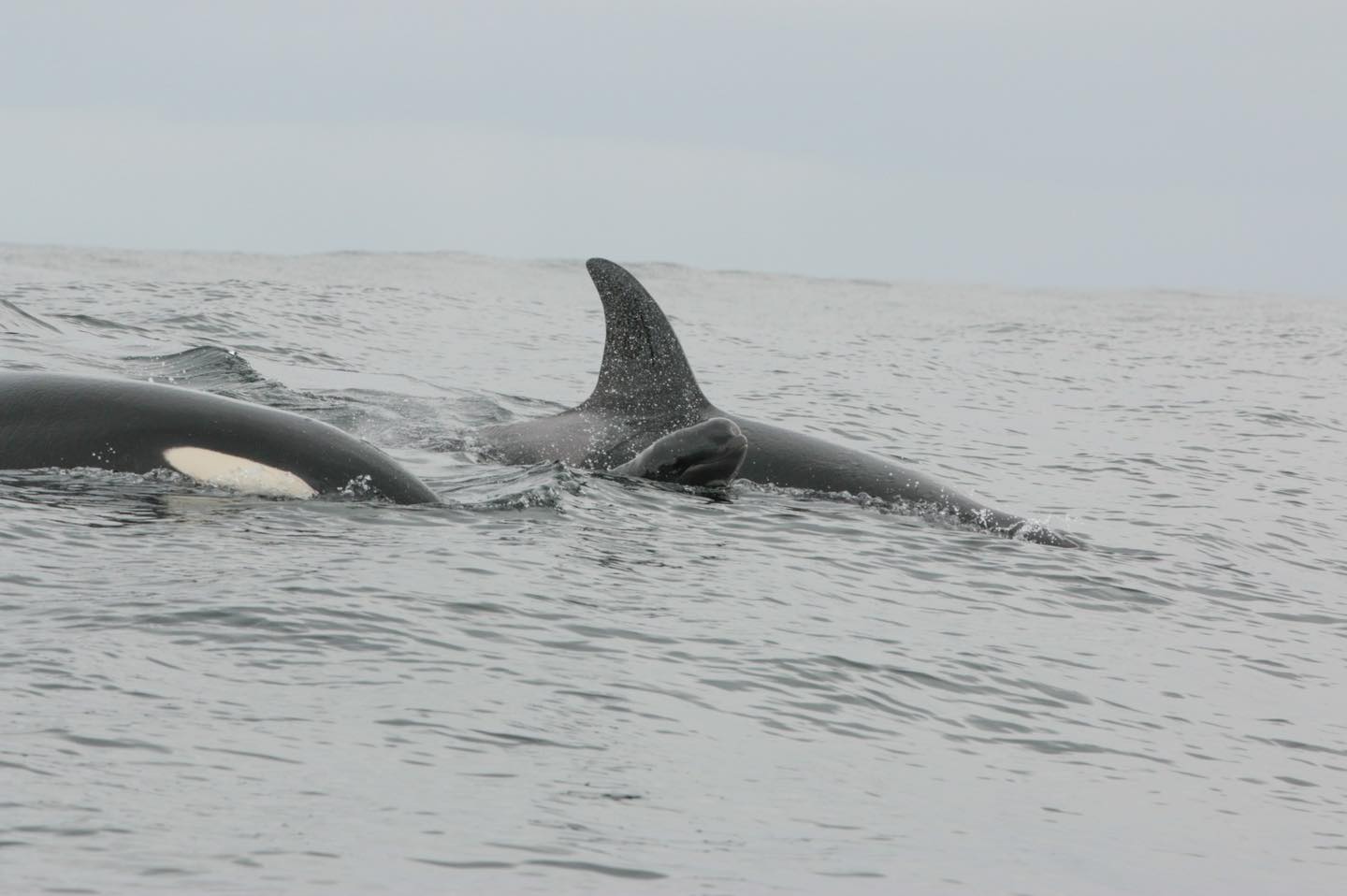
Source: Icelandic Orcas/Facebook
“We think that we had it all figured out, but there’s so much to learn,” says Teman. “It makes me really excited to think about all we’re going to know about the southern residents in 50 years that we’re blind to right now.”
It’s Just a Fad
Another possible answer to the shark attack and porpoise behavior is that orcas, much like us, learn socially and often follow trends or temporary behaviors started by one or two individuals, which others adopt before abandoning.
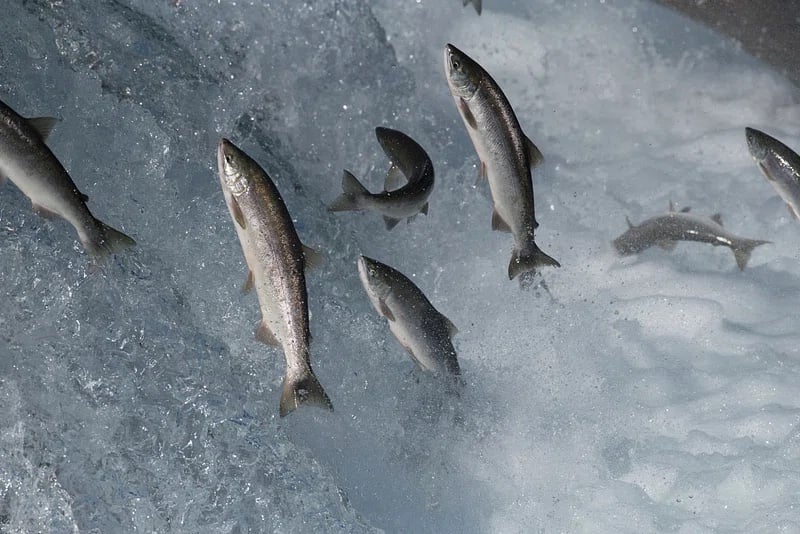
Source: rawpixel.com / National Park Service
For example, a population in the Pacific wore salmon as hats in the 1980s after a female orca began carrying around dead salmon on her head.
The Picky Eaters of the Sea
Some orca populations are picky eaters and have a preference for a specific type of meal that they crave.
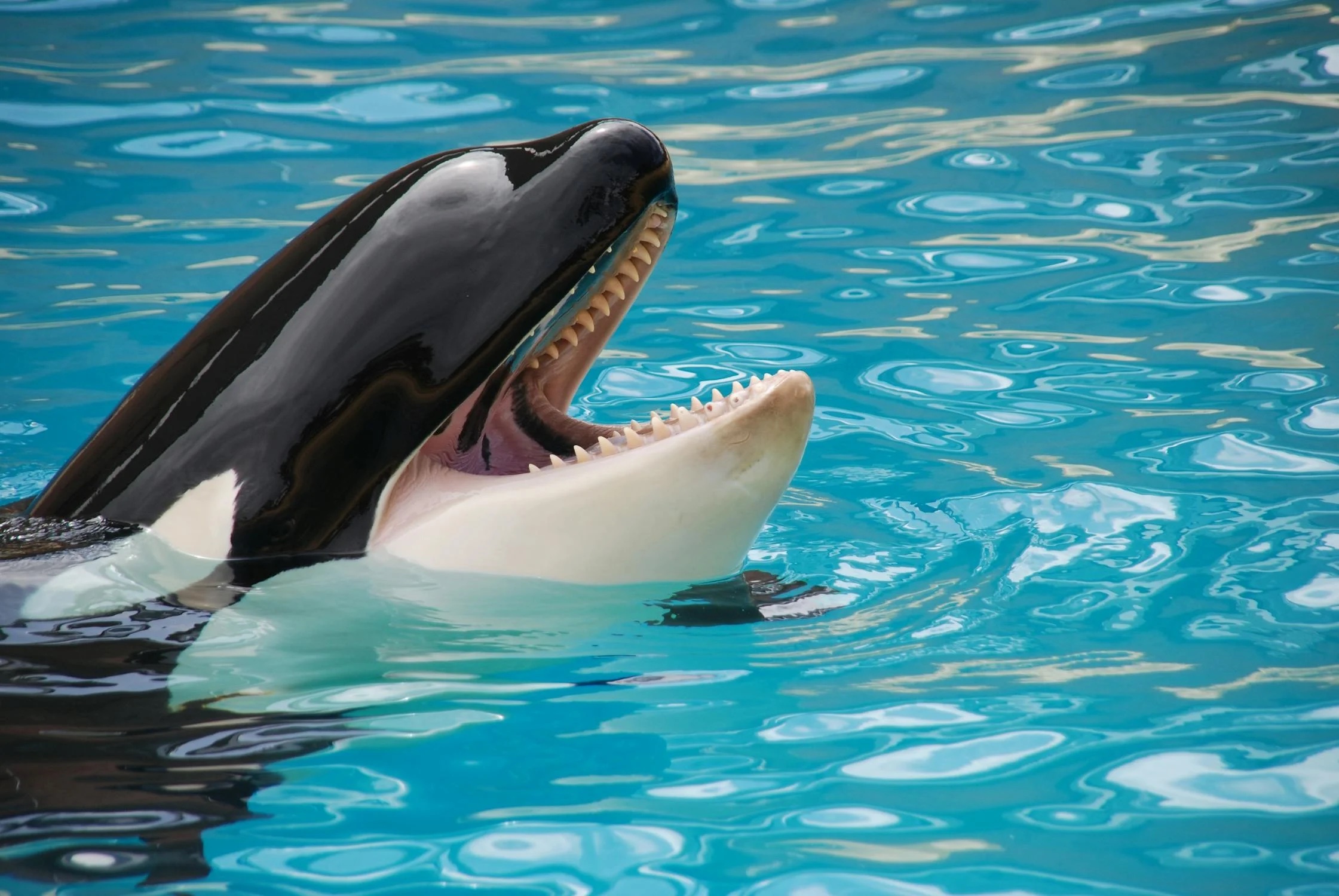
Source: Pixabay/Pexels
Researchers have documented killer whale populations that target the livers of a variety of sharks, including great white sharks off the coast of South Africa and whale sharks off Mexico’s coast.
